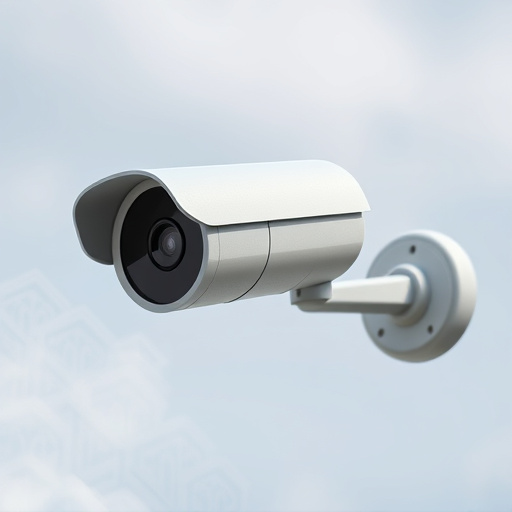Strategic placement of dummy camera red lights enhances security by mimicking real surveillance practices, deterring intruders without significant investment in actual equipment. Realistic fake cameras use advanced materials and technology to replicate genuine components, ensuring authenticity from all angles for effective deterrent measures.
In today’s surveillance-focused world, realistic fake equipment can serve as a powerful tool for training, testing, and deterrence. This article explores the art of crafting convincing dummy cameras and enhancing their authenticity through strategic red light placement. We delve into advanced materials and techniques, such as precise camera positioning and subtle lighting adjustments, to create a comprehensive guide on achieving lifelike mock surveillance systems. By understanding these methods, individuals can effectively simulate real-world scenarios without compromising privacy.
- Dummy Camera Placement Techniques for Authenticity
- Red Light Use: Enhancing Realistic Surveillance Look
- Advanced Materials: Crafting Convincing Fake Equipment
Dummy Camera Placement Techniques for Authenticity
Creating a convincing surveillance setup involves strategic placement of dummy cameras, and one key technique is utilizing red light indicators. This method enhances authenticity by mimicking real camera functionality. By strategically placing dummy cameras with their red lights on in various locations, individuals can simulate an active security system, deterring potential intruders.
The red light placement should align with real-world surveillance practices, such as positioning cameras at eye level and angling them to cover key areas. This attention to detail ensures that the fake equipment appears realistic, providing a cost-effective solution for property owners and businesses aiming to enhance security perceptions without investing in actual surveillance gear.
Red Light Use: Enhancing Realistic Surveillance Look
The strategic placement of dummy camera red lights is a game-changer in creating realistic-looking surveillance equipment. This simple yet effective technique adds a layer of authenticity to fake cameras, making them appear more convincing. By mimicking the visual cues of genuine surveillance systems, these red lights enhance the overall realism, ensuring that potential intruders or vandals are unable to distinguish between real and dummy cameras.
When incorporated into the design, red lights can create a sense of alertness and vigilance, emphasizing the presence of security measures. This is particularly important in high-risk areas where deterrence is key. The strategic placement of these lights around sensitive locations can act as a powerful visual deterrent, often leading to a perception of enhanced security, even if the cameras themselves are non-functional.
Advanced Materials: Crafting Convincing Fake Equipment
The key to crafting realistic-looking fake surveillance equipment lies in the innovative use of advanced materials. Manufacturers meticulously replicate the intricate details and textures of genuine devices, ensuring every component appears authentic under various lighting conditions. This includes the strategic placement of dummy camera lenses, mirrors, and red light sources to mimic the behavior of real surveillance systems.
By employing cutting-edge technologies like 3D printing and precision engineering, fake equipment can be crafted with remarkable accuracy. These methods allow for the creation of durable materials that closely resemble metal, plastic, or glass, enhancing the overall realism. Moreover, careful consideration of factors such as color temperature and reflectivity ensures that the dummy camera and associated components appear convincingly genuine when viewed from different angles.
Realistic looking fake surveillance equipment, crafted with advanced materials and strategic dummy camera placement techniques, can significantly enhance security measures while maintaining an authentic appearance. The subtle use of red light, known for its effectiveness in enhancing visual detail without drawing unnecessary attention, further contributes to the overall realism. By combining these elements, security professionals can create convincing decoys that deter potential intruders, making them essential tools in modern surveillance strategies.
